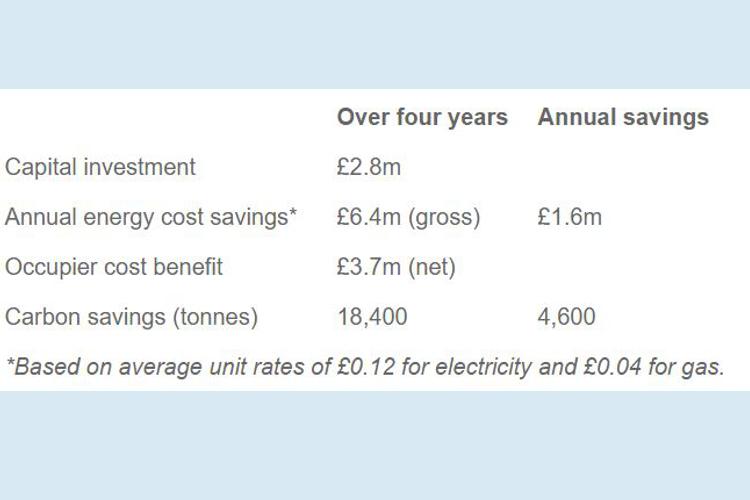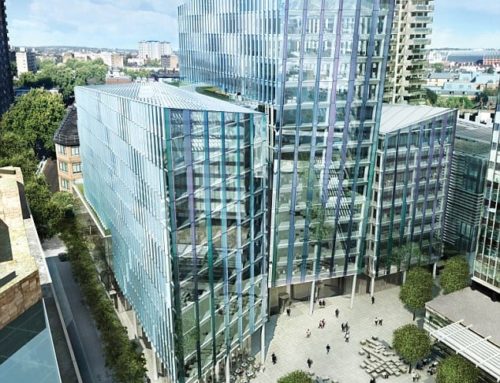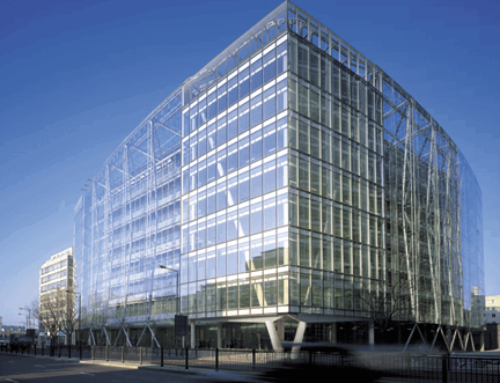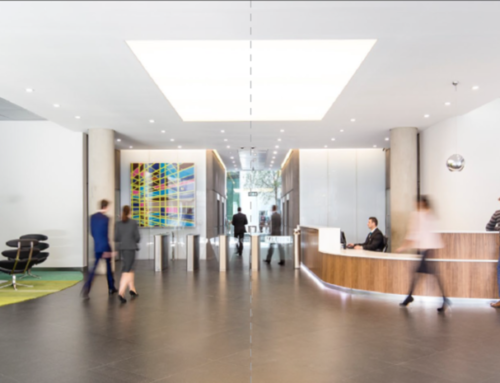Through the Government’s Energy Savings Opportunity Scheme, we’ve identified energy efficiency opportunities that could deliver £3.7m net savings for occupiers over four years, at the same time as optimising lighting, temperatures and air quality for people in the buildings.
The Energy Savings Opportunity Scheme (ESOS), launched in December 2014, requires all large companies to undertake organisation-wide audits of their energy use and identify costed energy efficiency opportunities every four years.
By treating ESOS audits as a real opportunity and not just a tick box exercise, we’ve identified efficiency opportunities that could deliver cost savings, building performance improvements and carbon reductions. These opportunities are all the more impressive because they build on the 40% reduction and £10m savings we’ve already delivered for occupiers across our like-for-like portfolio. They are a key part of our roadmap to achieving our 55% energy reduction target by 2020 compared to 2009.
Together with our in-house property management partner, Broadgate Estates, we’ve achieved previous savings largely through free and low-cost measures enabled by our smart metering systems – such as drawing in free night air for cooling on hot days, setting lighting to automatically adjust with changing sunlight hours, optimising temperature ranges and running equipment only during working hours in each building.
Through ESOS, we’ve increased focus on capital investment opportunities. We also negotiated with a single supplier to carry out audits across our entire office portfolio, Cavendish Engineers. This means that, where they identified something that works well in one building, they could explore the feasibility of rolling it out elsewhere. In addition, thanks to our smart metering systems, they had access to robust, detailed energy data for each building, so they could accurately forecast savings for potential innovations.

Broadgate Estates Ltd is now engaging with occupiers on opportunities in each building. These include ‘Champagne’ projects, such as replacing traditional boilers and chillers with air source systems to use free ambient heating and chilling resources; at 350 Euston Road, the air source heating and cooling system installed in 2014 achieved payback within a year and is now saving occupiers £60,000 each year. There are also a few additional LED lighting replacement opportunities, although most of these have already been captured through our long-term efficiency programme.
In addition, we’ve used ESOS to explore more demand-driven opportunities (also known as condition-based monitoring) to further optimise comfort levels for the wellbeing of people in the building and improve efficiency. For instance, by supplying fresh air based on CO2 sensor data that reflects the number of people in the building, rather than continuously supplying fresh air based on a standard ratio of workers per sq ft, the best air quality is delivered to building users, efficiently.
A demand-driven approach to building management is particularly important with today’s blurring of people’s work and personal lives, growth in flexible working and increasingly mobile workforce. Approaches based on 9-5 working and weekend shopping are increasingly inappropriate. Today’s buildings need to be intelligent and adaptable, agile in responding to how people are working, shopping and living – creating Places People Prefer.





